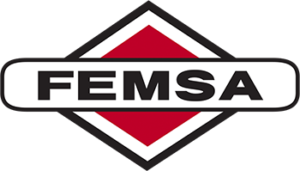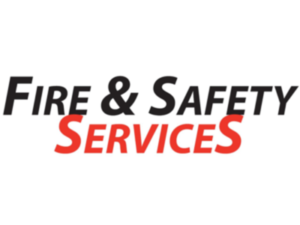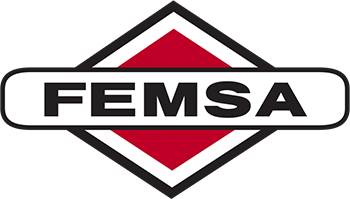The 2019 FEMSA/FAMA Annual/Fall Conference Chiefs Panel was moderated by J. Gordon Routley, assistant director, Montreal (QC) Fire Department and featured:
• Chief Mark Puknaitis, Naperville (IL) Fire Department
• Division Chief of Mechanical Rob Anselmi, Toronto Fire Services
• Chief Deryn Rizzi, Vaughan (ON) Fire & Rescue Service
• Chief John S. Butler, Fairfax County (VA) Fire & Rescue Department
• Chief Darnell Fullum, DeKalb County (GA) Fire Rescue Department
The panel has become an annual part of the FEMSA/FAMA Annual/Fall Conference and allows attendees to hear from end users regarding various issues they face and how members’ products can help. As with years past, the panelists’ answers varied, often depending on their location, department policies and finances.
The panel began with a discussion on the current efforts to provide clean cabs for apparatus, on-scene decon, having a second set of protective clothing, and other strategies to reduce firefighter exposure to carcinogens. Butler stated carcinogen awareness is everyone’s responsibility, and the fire service needs to get people to do what they should be doing before even delving into clean cabs, adding that a clean cab alone is not a solution.
Rizzi approached it from the perspective of an administrator. Tweaking apparatus, adding a second set of PPE, etc. are all costs that must be justified. She also stated that looking into these efforts is the correct thing to do, but departments also must look at the cost of cancer. Anselmi added, to avoid getting into the cab dirty, it is important to conduct gross decon.
Puknaitis concurred that there are many things departments can do, but they must first determine what constitutes a clean atmosphere. Regarding deconned PPE, he asked where should it be stored and floated the idea that perhaps a separate decon unit will be necessary at the scene of a fire to carry all the gear.
The conversation turned to how carcinogen exposure affects fire training. Butler asserted that there is not enough fire training that simulates what fire- fighters are facing, but that departments should practice like they play when it comes to carcinogen exposure. He claimed that they should be switching out gear at the end of a training evolution just like they would at the scene.
Other topics covered by the group included tactical medics and equipment, what the fire service will look like five to 10 years from now, and rapid response units.
Pertaining to the future of the fire service in five to 10 years, there were differences between Canada and the United States. The Western provinces have a fire/EMS model. Forty-two percent of their calls are medical, and they use a rapid response model there to improve unit availability. In Canada, EMS is a third service, Canadian fire departments don’t buy ambulances. In the U.S., Puknaitis said, 70 percent of the call volume in his department is EMS-related, but departments will always need to be prepared to fight fires and that will never change. Fullum’s department has integrated fire and EMS but, stated that EMS calls are going up.
Tactical medics are becoming a reality everywhere. Departments are being proactive, but equipment storage is an issue, according to Butler. Ambulances require additional space for the ballistic equipment. Puknaitis states that his department has a tactical EMS team.
Fullum agreed that departments are preparing for tactical medic units, but also noted, storage space for the extra equipment is a challenge. For Rizzi, her department has Public Order Units (POUs), and spare apparatus is used for this purpose.
The five departments are doing different things regarding rapid response vehicles. Puknaitis’s department implemented the use of small vehicles for nonemergent calls, and the system has proven to be effective for Naperville. Butler’s department still uses a conventional system, but is answering the question “Why a fire truck?” more and more. Fullum has rapid response fire vehicles operating, and the department has identified a reduction of wear and tear on its larger vehicles AND its people.
Rizzi added that her department has a program and is watching the data. A captain and a firefighter will respond with a unit, and the department is monitoring the data to see if this type of unit is appropriate. Anselmi chimed in and said, his department is under immense pressure to downsize its vehicles.
The main takeaway from this panel is a better understanding of what fire departments, FAMA/FEMSA member company customers, are up against every day. Walking away from this presentation, members learned several insights, but the opportunity is theirs to take what they’ve learned, return to work, and develop new innovations to help the end users to do their jobs safer and more efficiently.







